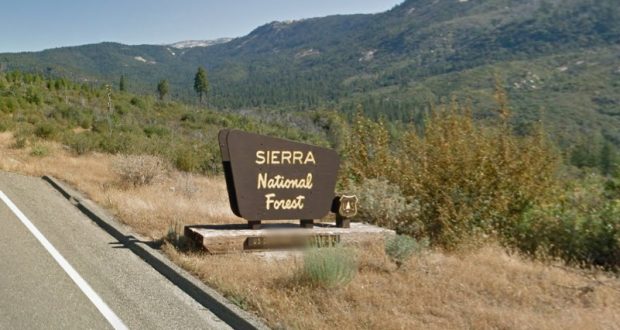By Dean Gould, Forest Supervisor, Sierra National Forest and Rachel Smith, Acting Forest Supervisor, Sequoia National Forest/Giant Sequoia National Monument —
SIERRA NATIONAL FOREST — The Sierra and Sequoia National Forests cover nearly 2.5 million acres and almost half of the state’s population lives within a four-hour drive of these forests. Even if you don’t visit one of these forests, chances are very good that you benefit from them directly or indirectly.
Right now, direct labor tied to these forests generates $146 million paid to 2,600 employees in the livestock, grazing, timber and recreation industries. The forests filter hundreds of billions of gallons of water in drought-prone California where water is increasingly precious. Overall, the national forests in California account for approximately fifty percent of the state’s water supply. The Sierra and Sequoia National Forests alone provide five percent of California’s water, which supplies irrigation to the San Joaquin Valley, the world’s most productive agricultural region.
None of this happens without careful planning. That is why forests draft land management plans designed to guide how they are managed over the long term, ideally between 10 and 15 years. The process to develop a land management plan takes years. Land managers, scientists, technicians and policy experts study forest conditions, climate models, economic trends and other factors as they develop the plan, incorporating input from communities, partners and other stakeholders.
From the beginning of the planning process in 2012, we have made efforts to reach out to the communities we serve and to work with those many partners to develop a plan that works for everyone.
The draft plans address the 147 million trees that have died across nearly 10 million acres of public and privately-owned lands across the state since the drought began in 2010. While the majority of those 10 million acres are not part of the Sierra and Sequoia, our forests are the epicenter of this epidemic. The draft plans set the stage for continuing the work that the state, federal and local partners have done to fell 1.5 million dead and dying hazard trees since 2016, with a focus on those that pose the greatest threat to public health and safety.
Over a 15 year period, the draft plans also propose restoring as many as 180,000 acres on both forests to improve forest health and reduce the risk of catastrophic, high-intensity wildfires and problems like insects and disease. We plan to do this, in part, by effectively using lower-intensity fires in a controlled way and at an increased scale. Lower-intensity fires are a critical component to a healthy and resilient landscape. Fire can clear landscapes that become overgrown and can recycle organic matter back into the forest floor to enrich the soil and feed the growth that follows. Thanks to partnerships with organizations like Cal Fire, the draft plans have guidance for how this can be done while protecting lives and communities from large, high-intensity wildfires’ ill effects.
The draft plans could add as many as 350 new local jobs to the surrounding communities. Those jobs would be based on proposed restoration work like thinning and removing trees that threaten lives and property. These jobs would come with an additional $16 million labor income, which would help communities that depend on the forest for their livelihoods.
Your thoughts and feedback are critical to making these plans work. We invite you to review the plans and send us your comments. You can join us to learn more about the plans at one of our public meetings where our planning staff will be answering your questions.
For more information, visit our project website or contact Plan Revision Team Leader Fariba Hamedani.




